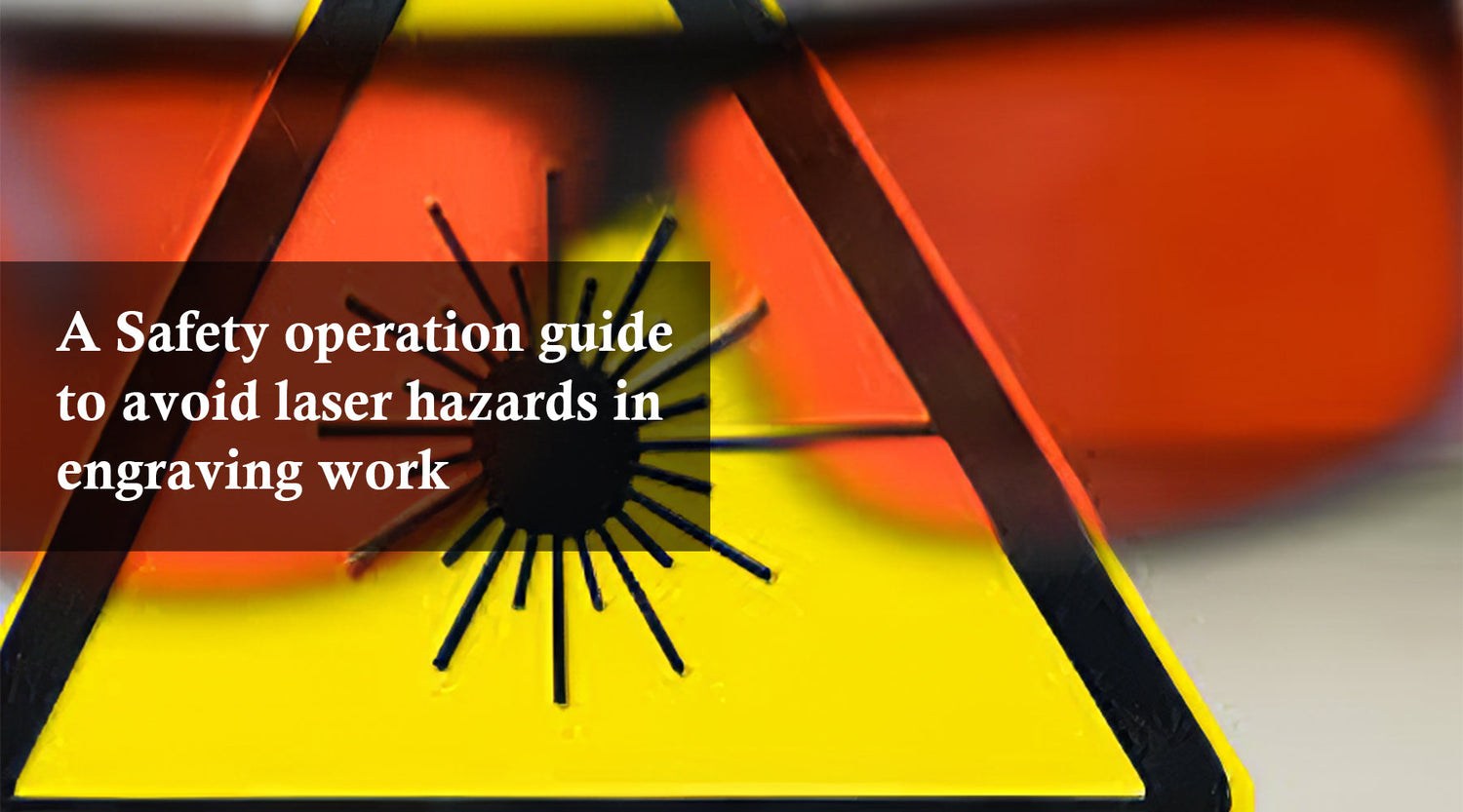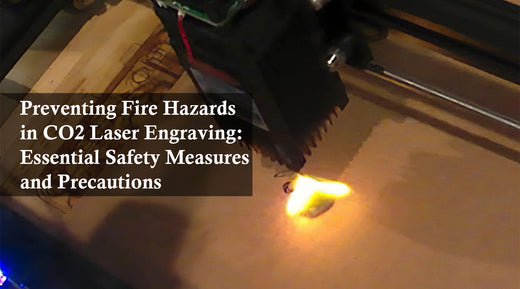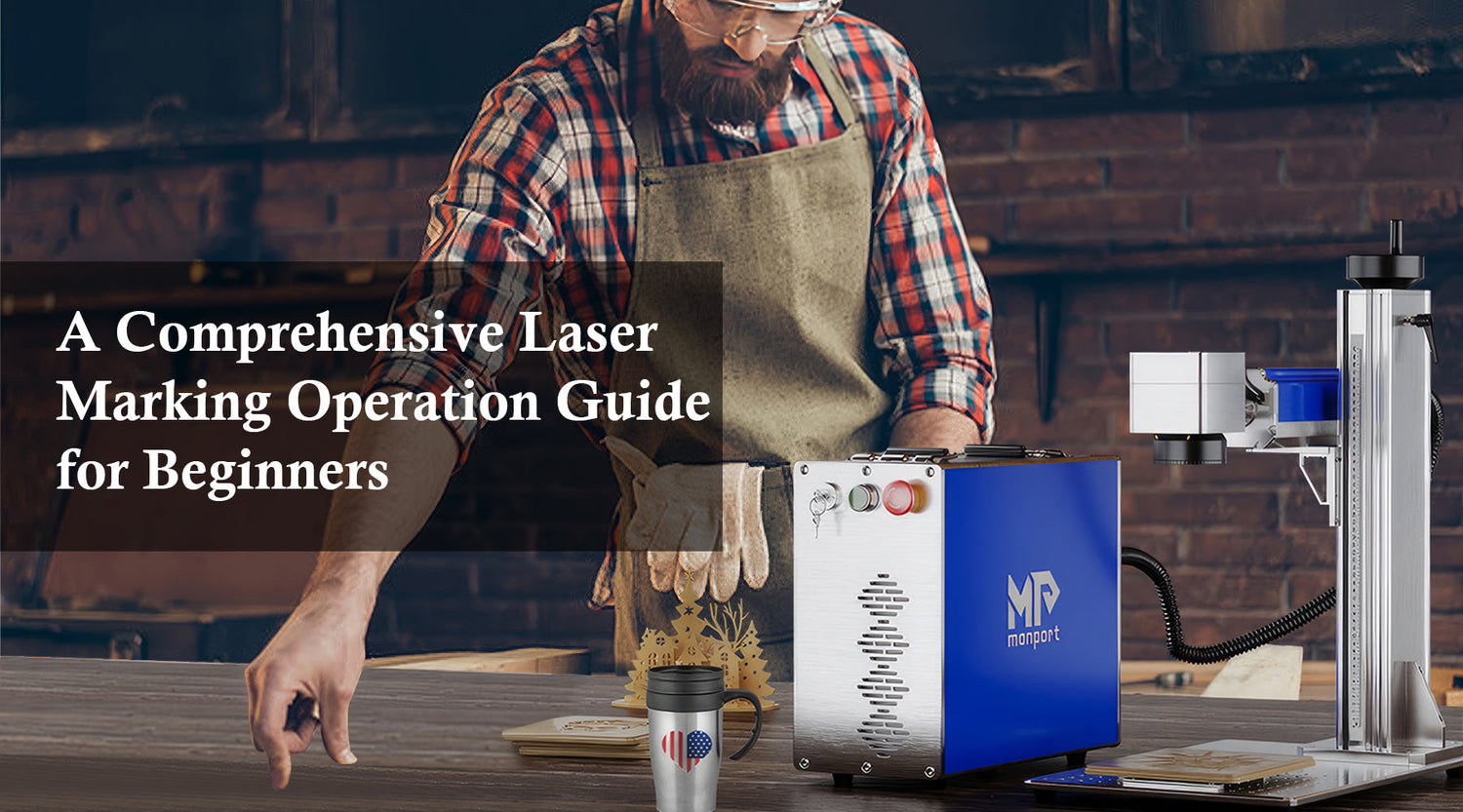Laser engraving machines represent a pinnacle of efficiency and precision in non-contact processing equipment, yet they come with inherent risks. Mastery of their operation and maintenance is crucial to harnessing their capabilities effectively and safely. In this article, we will outline 12 essential tips for the correct use of laser engraving machines, ensuring both optimal machine performance and the safety of operators. These guidelines will help users navigate the complexities of laser technology while maximizing productivity and minimizing risks.
1. Ensuring Proper Grounding for Laser Engraving Machines
A crucial aspect of operating a laser engraving machine is ensuring that its laser power supply is effectively grounded. The necessity of grounding is multifaceted:
- Ensures Proper Operation of Laser Power Supply: Grounding facilitates stable operation of the laser power supply, minimizing fluctuations that could affect performance and reliability.
- Prolongs Laser Tube Lifespan: Effective grounding helps extend the lifespan of the laser tube by mitigating potential electrical issues that could otherwise degrade its efficiency over time.
- Prevents External Interference: Grounding safeguards against external electromagnetic interference, which could otherwise disrupt the precision and consistency of laser engraving processes.
- Protects Against High Voltage Discharges: Proper grounding significantly reduces the risk of accidental circuit damage caused by high voltage discharges, ensuring the longevity and safety of the machine's electrical components.
2. Maintaining Proper Cooling Water Flow for Laser Engraving Machines
The cooling water of the laser engraving machine should be smooth, either with tap water or circulating water pump. Cooling water can take away the heat generated by the laser tube, the higher the water temperature, the lower the light output power (15-20 ℃ water temperature is good); water breakage will be due to the accumulation of heat in the laser cavity and lead to the end of the tube blowing, and even damage to the laser power supply. So it is essential to check whether the cooling water is smooth at any time. When the water pipe has a hard fold (dead bend) or fall off, so that the water pump failure, must be repaired in a timely manner, so as to avoid a decline in power or even cause equipment damage.
3. Regular Cleaning and Maintenance for Optimal Machine Operation
The clean maintenance, good exhaust, wipe at any time, is a necessary condition for the normal operation of the machine tool. Imagine the human joints are not flexible, but also how to act? By the same token, the guide rail is a high fine core components, each job must be wiped clean after the completion of the work to maintain a clean lubrication; the bearings should also be regularly oiled, to make the drive flexible, accurate machining, and extend the service life of the machine tool.
4. Maintaining Suitable Environmental Temperature and Humidity
The operational environment for laser engraving machines should ideally maintain a temperature range of 5-35°C. It is crucial to note the following precautions when operating in environments below freezing:
- Preventing Freezing of Cooling Water: In sub-freezing conditions, measures must be taken to prevent the circulation water inside the laser tube from freezing. After shutdown, ensure all water is thoroughly drained from the system.
- Preheating Laser Power Supply: Before powering on, especially in damp or rainy conditions, the laser current must be preheated for at least 5 minutes to prevent moisture from affecting the high-voltage circuits, thus avoiding potential electrical breakdowns.
5. Proper Handling of Laser High Voltage and Operation Continuity
When the "laser high voltage" switch is engaged, the laser power supply enters a standby state. Accidental activation, whether through "manual firing" or computer error, can inadvertently emit laser beams, posing risks to personnel and materials. Therefore, it is essential that after completing each job or when discontinuing continuous processing, operators promptly deactivate the "laser high voltage" (while leaving the laser current on if necessary).
Moreover, operators should refrain from leaving the machine unattended during operation to prevent accidents. It is advisable to limit continuous working periods to less than 5 hours, with breaks of at least 30 minutes in between, ensuring both productivity and safety in laser engraving operations. These practices mitigate the potential for unintended laser emissions and enhance overall workplace safety.
6. Avoiding Interference from High Power and Strong Vibration Equipment
Sudden interference from high-power equipment can occasionally cause malfunctions in laser engraving machines. Though rare, such occurrences should be minimized whenever possible. Therefore, it is crucial to keep machines away from sources of large electrical interference, such as heavy-duty welders, large-scale power mixers, and high-voltage power transmission equipment.
Similarly, strong vibration equipment should be avoided due to their detrimental effects on precision engraving. Machinery like forging presses and close-proximity vehicle movements can induce significant ground vibrations that compromise accurate engraving results. By maintaining a stable environment free from such disturbances, operators ensure consistent and reliable performance from their laser engraving equipment.
7. Protecting Against Lightning Strikes
Ensuring reliable lightning protection measures for the building housing your laser engraving equipment is crucial. The first guideline in this article, which emphasizes proper grounding, also plays a role in lightning protection. In areas with unstable power grids, where voltage fluctuations exceed 5%, it is strongly recommended that users install a voltage stabilizer with a capacity of at least 3000W. This precautionary measure helps prevent sudden voltage surges that could otherwise damage circuits or computers. By implementing these precautions, operators can effectively safeguard their equipment against the risks associated with lightning strikes and maintain uninterrupted operation.
8. Maintaining Stability of the Control PC
The stability of the control PC is paramount for the operation of laser engraving equipment. The control PC is dedicated to managing the functions of the engraving device. Apart from installing necessary CAD/CAM software, it is essential to maintain the principle of using the PC exclusively for machine control purposes.
Adding network cards or antivirus/firewall software to the control PC can significantly impact its processing speed and stability. Therefore, it is advised not to install antivirus or firewall software on the control PC. If network connectivity is required for data communication, disable the network card before starting the engraving machine to prevent any interruptions or slowdowns in control processes.
9. Maintenance of Guide Rails
During operation, guide rails accumulate dust and debris from the materials being processed. Maintenance involves first wiping away old lubricants and dust using a cotton cloth. Once cleaned, apply a layer of lubricant to both the surface and sides of the guide rails. This weekly maintenance routine ensures smooth operation and extends the lifespan of the guide rails, crucial for maintaining precision in laser engraving.
10. Maintenance of Exhaust Fans
Over time, exhaust fans and their ducts accumulate significant dust, which can hinder their efficiency in removing smoke and particles. Regular maintenance involves loosening the connection clamp between the exhaust duct and the fan, removing the duct, and thoroughly cleaning out accumulated dust. This monthly maintenance routine ensures optimal performance of the exhaust system, minimizing air quality issues during laser engraving operations.
11. Tightening of Screws
Periodic use of the motion system can cause screws in the connecting components to loosen over time, potentially affecting the smoothness of mechanical movements. To maintain stability, use the provided tools to systematically tighten each screw. This monthly maintenance task ensures reliable operation and prolongs the lifespan of the machine's mechanical components.
12. Maintenance of Lenses
After prolonged use, lenses may accumulate dust and residue, reducing their reflectivity and transparency. This diminishes the laser's efficiency and power output. Regular maintenance involves gently wiping the lens surface in a clockwise direction using lint-free cotton cloth dampened with ethanol to remove dust particles. This upkeep ensures consistent laser performance and extends the lifespan of optical components.
Conclusion
In short, adhering to these laser engraver maintenance guidelines is critical to operational efficiency and operator safety. Regular maintenance not only ensures optimal machine performance, but also maintains the reliability of your equipment investment over time.
While a good quality engraving machine is extremely important, we strongly recommend that you invest in a reliable laser engraver like the monport. Monport's engraving machines are known for their solid build quality and user-friendly maintenance features, making them ideal for easily complying with these guidelines.










